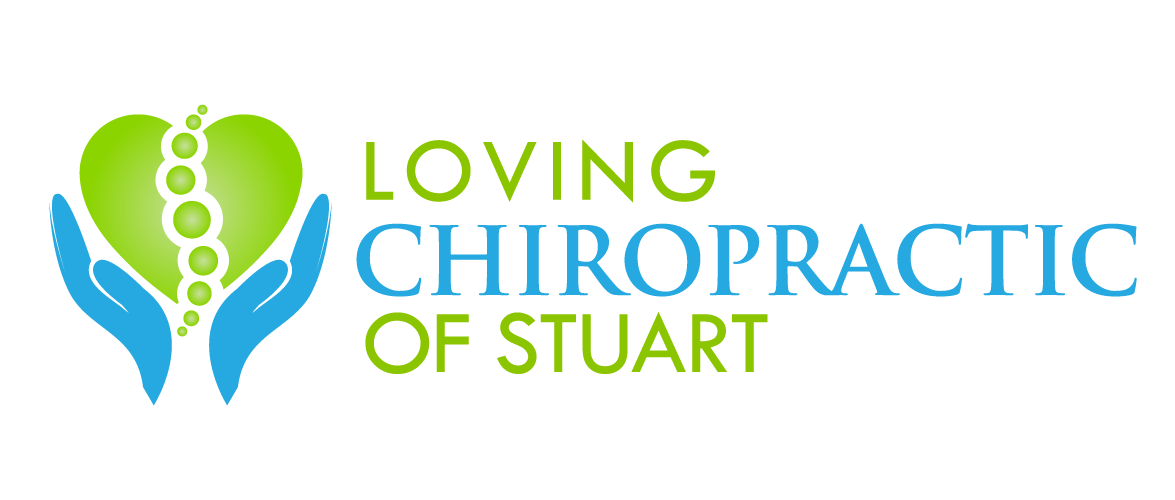By: Steven G. Yeomans, DC
Chiropractic is a health care profession dedicated to the non-surgical treatment of disorders of the nervous system and/or musculoskeletal system, generally through chiropractors maintaining a unique focus on spinal manipulation and treatment of surrounding structures.
Chiropractic treatments typically focus on, but are not limited to, care of:
- Mid and lower back pain
- Neck pain
- Joint pain in the arms and legs
- Headaches
Chiropractic Treatment of Lower Back Pain
Doctors of Chiropractic (DC), more commonly known as chiropractors, typically treat conditions involving back pain and/or neck pain through “hands-on” chiropractic care, including:
- Spinal manipulation and manual manipulation.1 Referring to a high-velocity, short lever arm thrust that is applied to abnormal vertebra with the goal of improving functionality, reducing nerve irritability and restoring range of motion in the back, manual manipulation is also known as chiropractic adjustment.There is firm literature support for chiropractic treatment of lower back pain. Many of the published guidelines recommend chiropractic manipulation to be included in the treatment plan early in the care of lower back pain.
- Mobilization.1 Chiropractic mobilization refers to low velocity manipulation, movement and stretching of the muscles and joints, with the goal of increasing the range of motion within those areas.
In addition to manual manipulation, most chiropractic clinics offer a range of health services, such as:
- Physical therapy modalities. In many chiropractic practices, various types of equipment (ultrasound, electrical stimulation, traction, etc.) may be used with the goal of reducing back pain and inflammation.
- Exercises. Various cardiovascular, stretching and strengthening exercises may be prescribed by chiropractors to decrease lower back pain, increase strength and restore range of motion.
- For example, chiropractors may prescribe exercises that strengthen under-active muscles and/or inhibit over-active muscles with the goal of attaining muscle balance and a balanced structure.
- Chiropractors may also have patients do exercises that strengthen the weak, underactive muscles of the trunk and pelvis, and exercises that stretch the tight, overactive muscles.
- Pelvic stabilization. When flat feet and/or subtalar instability are present, the chiropractor may place a small heel lift in the shoe on the short leg side or prescribe corrective arch supports to help stabilize the pelvis.
- Ergonomics. During the course of chiropractic care, the chiropractor may recommend some procedure(s) that should be employed at home and/or at work. The success or failure of obtaining patient satisfying outcomes may be directly related to an ergonomic/job-related activity or a hobby-related irritating activity.
- Patient education. A chiropractor may advise a variety of lifestyle modifications, including diet and nutritional programs, self-care and coping strategies, to the patient experiencing lower back pain.
It is important to note that doctors of chiropractic do not utilize drugs or surgery in their practice. However, there are times when a chiropractic doctor will recommend that the patient consult another practitioner if these or other methods of treatment are indicated.
References
- Globe G, Morris C, Whalen W et al. Chiropractic Management of Low Back Disorders.
- Bigos S, Bowyer O, Braen G et al (1994) Acute low back problems in adults.
Thanks for Sharing Dr. Yeomans.
If you suffer from lower back pain give us a call at Loving Chiropractic and Wellness. Using the latest technology, Dr. Loving’s unique health approach combines the proven Impulse, ArthroStim, and VibraCussor instruments that help his patients get well with literally no twisting or popping of their spine.
